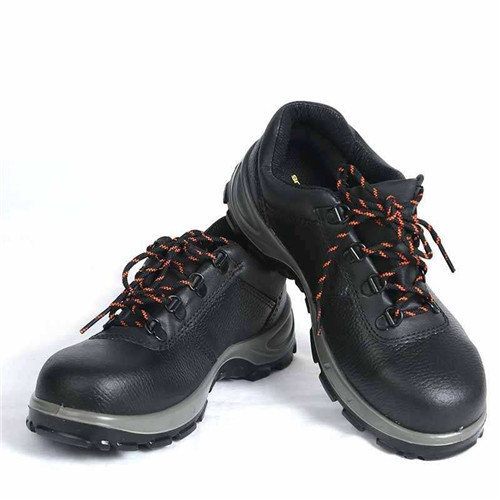Safety shoes use PU continuous injection molding process, and specially add wear-resistant agents, cold-resistant agents, anti-static agents, etc., to ensure that each pair of safety shoes have super wear-resistant, cold-proof, resistance to expansion, and bending resistance!
1. What is polyurethane?
It is an abbreviation of polyurethane. It is a polymer compound containing many repeating amino groups on the polymer backbone, and is formed by a chemical reaction between isocyanate and polyol compound.
2. What kind of sole uses polyurethane?
Polyurethane for shoe soles is a microporous elastomer between rubber and plastic. It is a microporous elastic structure with open cells. The cell diameter is 0.01~0.1mm, and the free foaming density is 0.25~0.35, (molding density 0.3~1) , Usually 1~2mm self-skinning, with superior resilience and great energy absorption capacity. Our anti-smashing safety shoes are made of thermoplastic foamed polyurethane material (PU for short), which is lightweight, high wear resistance, high elasticity, plus the use of imported additives/high-end technology, and is resistant to hydrolysis, medium and low concentrations of acids, alkalis, Excellent properties such as organic solvent and anti-aging!
3. Why is polyurethane an ideal material for manufacturing shoe soles?
1. Polyurethane sole has the characteristics of lightness, warmth, oil resistance, flex resistance, and abrasion resistance. It is more than 6 times more wear-resistant than rubber. Its density and hardness can be adjusted in a wide range according to the requirements of use. It can be made into two-color (dual-density). ) Double-layer sole, the bottom is a micro-foamed high wear-resistant working surface, and the inner sole is a comfortable elastic foam.
2. Extremely light, with a specific gravity of only 0.3-0.8, which is much lighter than commonly used sole materials. It is more suitable for thick-soled shoes that require impact resistance and perforation resistance. 15% of safety shoes (labor protection shoes) in the world use polyurethane (PU) soles .
3. Lower mold requirements, convenient production and saving investment (the pressure on the mold is small when foaming, only 0.14~0.2Mpa).
4. The molding method is simple and can produce both soles and continuous shoes. The variety and output are flexible, suitable for modern industrial production.





